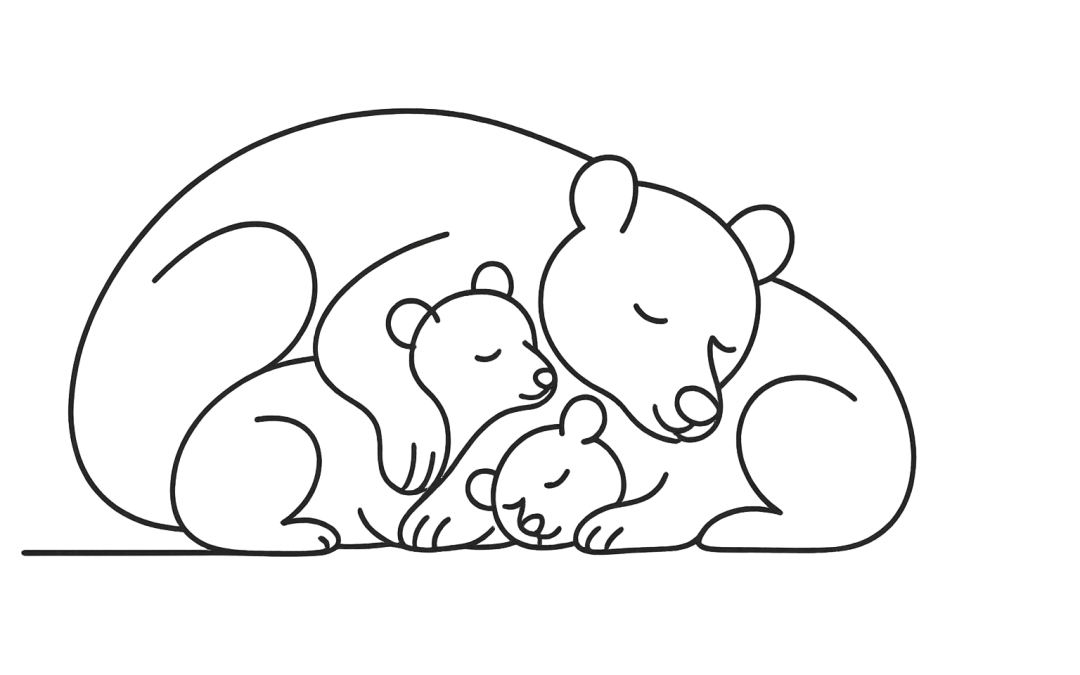I was relatively late to the GenAI party, only taking it seriously towards the latter part of ‘24. Since then, I have immersed myself in everything AI. In my limited experience, nothing prepares you for it quite like getting hands-on and experimenting.
GenAI is different from any technology that has come before it. GenAI changes the human to machine relationship. If you haven’t tried it, it’s hard to grasp just how different it is.
I often say GenAI is like being able to call on an expert in any field, any time. The catch? That “expert” will always give you a confident answer, but that answer may be wrong and unless you check the work, you will never know.
The real value comes once you understand this and build ways of working to catch these errors. With practice I have found GenAI has gone from being a bit of a novelty to an integral part of how I work every day.
I started out, as many do, using GenAI as an upmarket search engine. Now, I’m experimenting with agents, finding ways to automate my work practices so I can focus on the things that matter, such as taking time to pause and think, discussing and debating with peers, and learning. This is where I find the true value comes in as an Executive, the time it gives me back to be a leader. The breakthrough didn’t come from reading or watching tutorials—it came from experimenting.
As I think about working with my colleagues in the coming months to collaborate and co-design our AI strategy. As I think about scaling GenAI out across our organisation. I think about the “Goldilocks Dilemma.”
Traditionally, rolling out new technologies requires a centralised push with lots of central planning, formal training, service desks—the works. It’s reliable, but slow and costly. A more contemporary pull approach means giving everyone access, supporting each other through online social communities, sharing prompts, learning as we go. It’s agile, but can leave the less curious behind, and may lead to a higher number of mistakes, and inject a higher number of risks, at least initially.
For me, while I am looking to offer some central support, my energy is going into empowering people to learn from each other, to experiment, and to share what works, and what doesn’t. Is that the right approach? Time will tell. But, as with everything GenAI, we learn best by doing.
How are you handling the Goldilocks Dilemma in your organisation?
